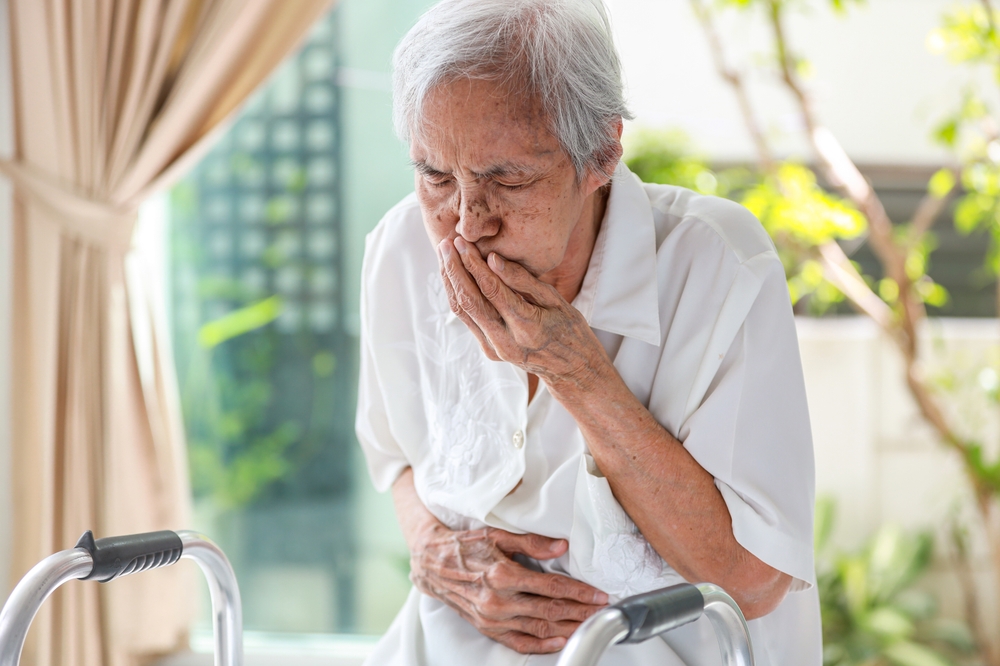Bedsores: Causes, Stages, and Prognosis
Category:

While bedsores may seem like just a painful annoyance, they can actually be a lot more serious. This is especially true if they go unnoticed or untreated. That’s why it’s important to understand the causes and stages to keep your loved one safe and healthy.
What Is a Bed Sore?
A bedsore is an injury to the skin. They are also known as pressure ulcers. They happen because one area of the body is under pressure for a prolonged period of time. You’ll find most bedsores on areas of the body that are somewhat bony such as a person’s tailbone, heels, hips, and ankles.
Those most at risk are individuals that have limited mobility and are unable to change position often. Typically, these people will be spending most of their time in bed or in a wheelchair.
How long does it take to get bed sores? You can get one in a matter of a few days.
What Are the Bedsore Stages?
There are 4 stages of bedsores. With a stage 1 bedsore, your loved one may start complaining of pain. At this first sign of bed sores, there will be no tears or breaks in the skin. However, the skin will look red, and if you press on it with your finger, it will not change color as healthy skin does.
A stage 2 bedsore will have broken skin or there will be an ulcer, and the area will be painful. At this point, the sore has gone into the deeper layers of the skin. Sometimes, the sore will appear to be a blister that is filled with fluid.
A stage 3 bedsore continues to move under the skin and can create a crater. You may be able to see fat but not bone or muscle tissue.
A stage 4 bedsore is the last and most serious stage. At this point, there may be little to no pain due to the serious tissue damage. The injury may now go all the way into the bone and muscle tissue as well as a person’s joints and tendons.
Stage 4 is quite dangerous, as there can be serious complications such as sepsis or even infection in one’s bones. In fact, due to the infection risk and other underlying medical issues, a stage 4 bedsore can be a terminal bedsore.
While there is treatment available, the stage 4 bedsore prognosis isn’t always good. Many older adults simply can’t fight off the infections that come with them. In the end, the bedsore along with other health factors overcome them.
When the patient gets the right treatment at the right time, stage 4 bedsore life expectancy can be good, but it can take anywhere from 3 months to years for the sore to heal completely if it ever does at all.
Bedsores are not something to be ignored. With early detection, you can stop a bedsore before it becomes a serious issue. In stage 1 all it takes is moving to a new position and the sore is usually gone in a couple of days. If you wait, however, you can be looking at a serious or terminal issue. The lesson here is to act quickly when your loved one complains about pain and check for a pressure sore before it’s too late.
Professional caregivers can also check for bedsores and change someone’s position regularly if they are bedridden.
Subscribe
Date: 2018-08-09
Category:


